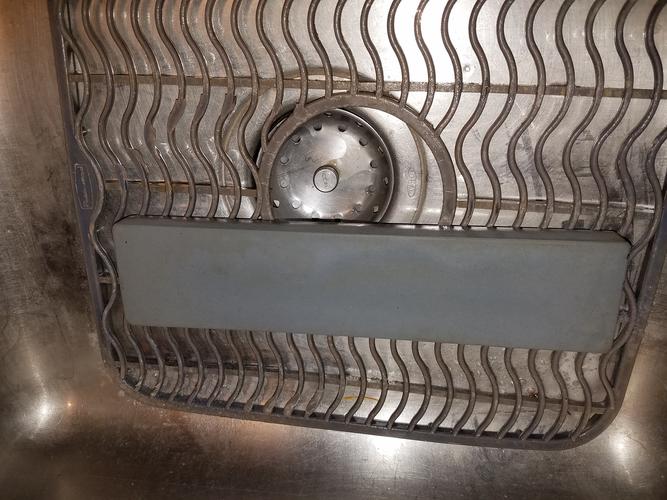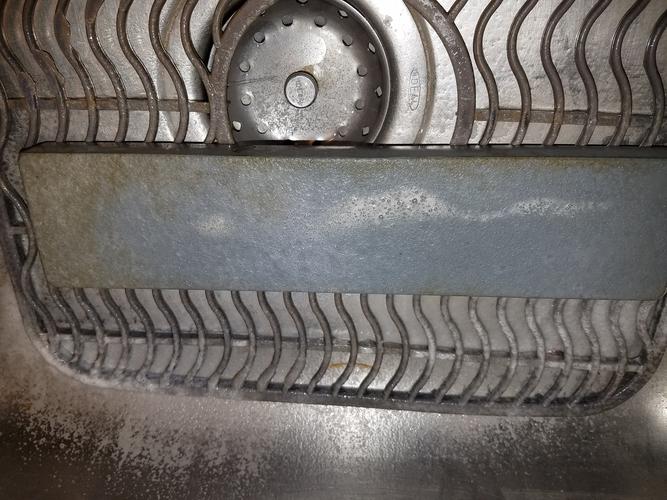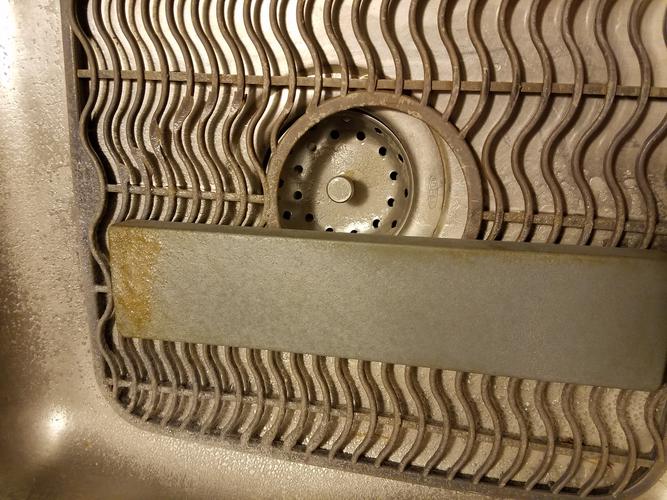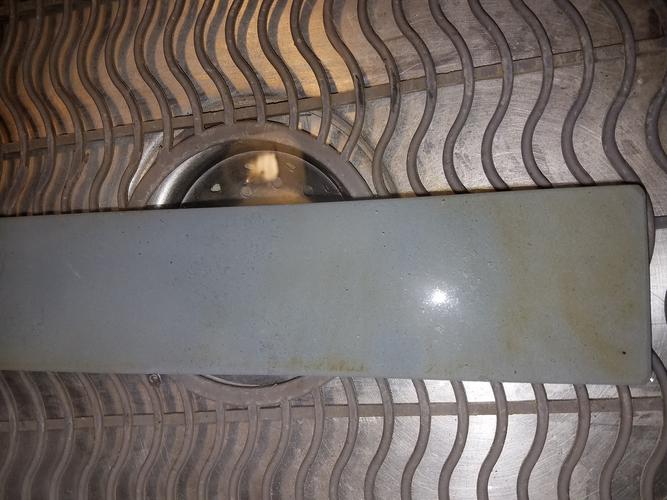Results 1 to 10 of 14
Thread: Cleaning oil off a hone
Threaded View
-
12-01-2016, 12:42 AM #1The First Cut is the Deepest!


- Join Date
- Feb 2010
- Location
- Upper Middle Slobovia NY
- Posts
- 2,736
Thanked: 481 Cleaning oil off a hone
Cleaning oil off a hone
Discussed many times, and always needs to be discussed again. Currently being discussed on an "Identify this hone" thread...
You know why it says DO NOT USE OIL on so many stones? BECAUSE YOU DONT USE OIL ON THEM! Maybe you have an actual oil stone that you need to clean to ID properly. Or maybe some fool put oil where it didnt belong.
I myself have had occasion to clean oil off of many natural stones. The really dense ones like slate, and hard arks the oil frequently has not penetrated very deeply, if at all.
So, how do you know if there is oil in your stone? First sign is usually. The Stink. Nothing makes your nose wrinkle like the smell of rancid old oil. When you open the wooden lid on the box, and you inhale, you will know for sure there is oil when you get a whiff of it.
So you didnt smell anything? But the moment you put that stone to your DMT to flatten it, you found the plate becoming clogged and gummed up. THAT is the result of oil.
And thats how I found out this Lipshaw Microtome hone had been oiled up. From the looks and feel of it, this is made from the same sort of stuff as the Carborundum razor hones. Finer than the 118s hones, about as smooth as the old 101 variety.
I was keeping the DMT wet and while I was puzzling over the gummed up plate, I noticed the brown goo oooooozzzzzzing up out of the hone
![Name: 20161126_184356[1].jpg
Views: 292
Size: 61.8 KB](https://sharprazorpalace.com/attachments/honing/251073d1480551996-cleaning-oil-off-hone-20161126_184356-1-.jpg)
So, first step, some standard cleaning solution. Simple green, White Lightening, even some Dawn Dishwashing detergent can do the trick.
here is how it looked after its 4th round of soaking in cleaner....

After 4 soaks, it was still floating up brown, and the smell was leaching up with it.
So, on to Easy Off Oven Cleaner
This particular stone, is rather porus, so I waited a bit for the water to drain out of it. I wanted the cleaner to soak IN, not float on top of.
Here you can see the first spray, after only about a minute....

And here it is again, on its 4th spray. after about 2 minutes....

As you can see.. STILL leaking brown goo. At this point the fumes were starting to get to me. so, the next lesson here is DO THIS OUTSIDE!
I rinsed off the hone, and as it sat, more oil began to leach up. So, yet another method to try is the "Hot Water Soak"
Let me be perfectly clear here. i do NOT recomend pouring hot water on your stones! DONT DO IT!
I have put stones in ovens to free them from wooden boxes, and this is no different. SUDDEN HEAT CAN SHATTER YOUR STONE!
Think an ice cube with soda poured over it. **crack**
I filled the sink just enough to cover the stone with warm water. Then I made myself a cup of tea. and poured the remaining tea water into the sink.
and made another tea. etc. Eventually bringing the water temperture up to about 140 degrees. and added soap just in case it might help.
Here is a picture (pre soap) of the hone in the warm water, (about 120 at this time) and you can see the brown streaks as the convection currents sweep the oil across the stone.

At this point, I took the stone out, rinsed it one more time, and set it to dry on the dish rack. When I went to put it away, what do I discover? a brown film covering the top of the stone.
So, as you can see, cleaning oil is NOT always a simple task. Keep your stones clean, and be prepared for a long process in cleaning out more porus stones like softer arks, and some man made stones. and for gods sake, do NOT try soaking your Naniwas or Japanese water hones to get oil off of them! (just in case anybody did not already realize that!)
I'll update this as I try more tricks to clean this hone out. It will NOT be used or sold until it is oil free, and stink free.
Speaking of which,,, Anybody know how to get stinky oil smell out of wooden boxes?
-


 5Likes
5Likes LinkBack URL
LinkBack URL About LinkBacks
About LinkBacks






 Reply With Quote
Reply With Quote